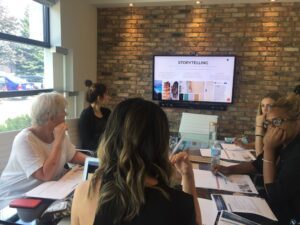Dec. 10, 2018
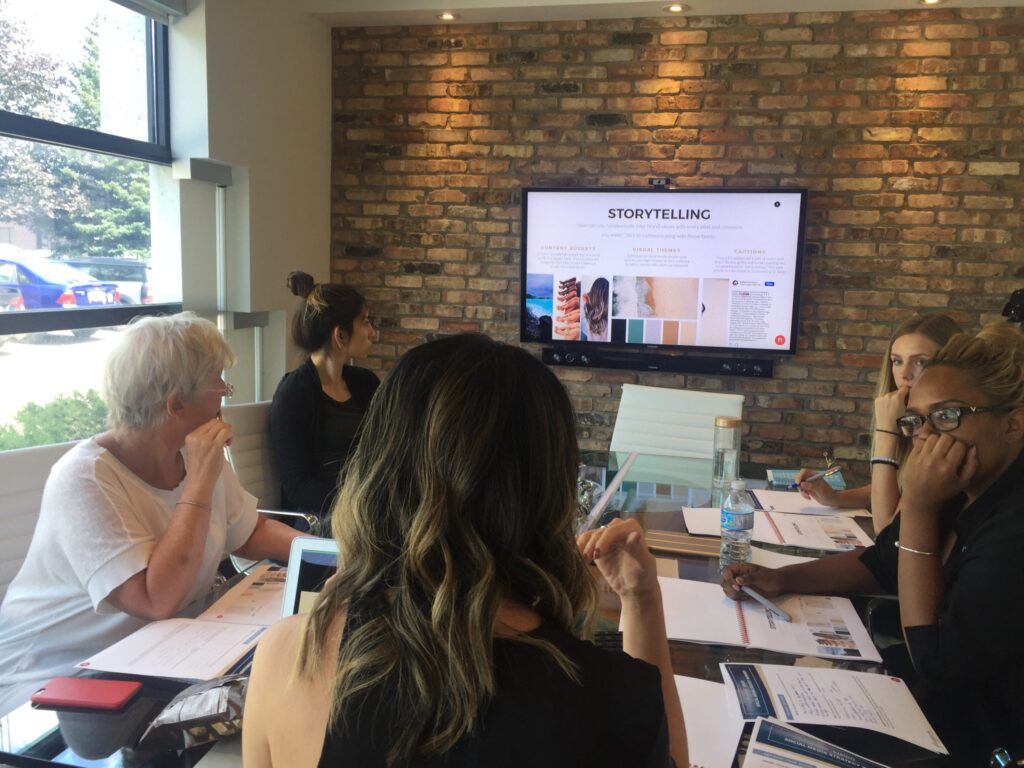
No More Meetings (or: 6 Steps to Get Stuff Done)
We all have meetings, and we all tend to hate them. As I’ve written in a recent article, a bad meeting drives me crazy; it’s a waste of time that can be better spent being productive elsewhere. But even good meetings can suck up your time. Remember: the average executive spends up to 23 hours of their work week meeting and discussing projects with others.
That might be necessary, and there are plenty of ways in which you can ensure that it will actually be worth your time. But those 23 hours are also almost 3 full work days of not getting anything done. That’s a problem.
What do you do? As much as I want to do it sometimes, I cannot simply cancel all of my meetings. Too often, that would result in total isolation, whereas meetings can ensure that the sum is greater than the whole of its parts. That doesn’t mean I cannot limit them.
I’ve been inspired, and I want to share that inspiration. Not too long ago, I came across a way to make sure that you spend a significant amount of time every week on your business, not just in your business.
That writer, Tess Robinson, calls this concept untouchable days. So does the Harvard Business Review article she was inspired by. I call it something simpler. These are my six steps to meeting-free days, which are a perfect way to make sure you actually get stuff done every week.
Step 1: Block the Time Out on Your Calendar
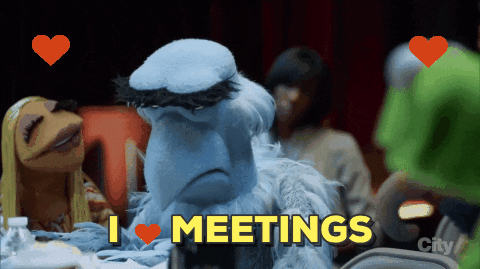
It all starts with planning. Check out your calendar, and block out the day with the least possible meetings. You might want to choose a day in the middle of the week; everyone wants to catch up on Mondays, and wrap up projects on Fridays. Personally, I tend to like Thursdays for this exercise.
As you block out your time, try to work ahead. Don’t make this a weekly exercise; instead, try to look three or even four months ahead. Pick a day to block out every week, and stick to it. Work around large projects to make sure that you actually stay without distractions when the day approaches.
Step 2: Make a Plan for Each Week
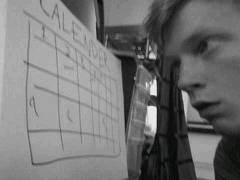
Next, you need a plan. I’ve found that meeting-free days are only truly productive if I actually know exactly what I want to do that day. You might want to focus on building a long-term business plan, submitting a large funding proposal, or work on your thought leadership. Either way, find a theme and stick to it.
Of course, you don’t have to stick with your theme for every week. In fact, you might benefit from changing it up to keep things interesting (and productive). That said, each week should be dedicated to a single project to make sure you don’t get distracted by other ongoings or thoughts.
Step 3: Clearly Communicate Your Intentions
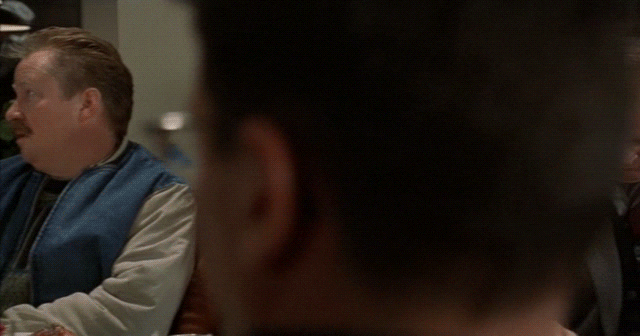
Unless you work in complete isolation (in which case, why would you need to stop meetings anyways?) you will need to let others know about your intentions. Anyone who works with you should know that during your meeting-free time, you should not be disturbed. Treat it as an out of office day rather than a regular workday.
If you get this step wrong, the team you lead or are a part of might not react kindly to your intentions. Communicate the benefits, and share with them exactly what you will be working on and how it benefits the company. You might even want to offer any employees you manage the same opportunity and coordinate on everyone’s meeting-free days to make sure that daily business doesn’t grind to a halt.
Step 4: Eliminate Distractions

Your co-workers already know not to distract you. Now, it’s time to make sure you do the same. We spend more than 2 hours on social media and email every day – each. That means we waste almost 5 hours of our work time compulsively checking items that don’t actually matter much. Imagine how productive we could be with that extra time.
You can make it simple, and shut off your phone. If you don’t want to be that extreme, consider tools like this Inbox Pause add-on for Gmail and Outlook. Simply tracking how much time you spend on Instagram or Facebook can be a useful deterrent as well. And of course, close your office door. Consciously isolate yourself to get stuff done.
Step 5: Make a Backup Plan for Emergencies

I’ve found that this is everyone’s biggest worry when they first start to think about taking a day away from meetings. What do you do if something urgent happens and your attention is needed? In truth, I’ve found this to be the case way less often than I first thought. Most issues, no matter how urgent they sound, can wait for a day. In fact, that day may even be beneficial for the sender to reflect and find solutions themselves.
That doesn’t mean you shouldn’t prepare for the possibility of true emergencies. Even if you shut off your cell phone, make yourself available on a landline. Designate a member of the company who can follow up with you if something truly awful happens that needs a response. Then, hope that you’ll never need to use these backups.
Step 6: Get Stuff Done

Finally, the moment of truth: you’ve set up everything to actually be productive and get stuff done one day of the week. Now, it’s your turn to follow through with it. Make yourself a plan for the day, and stick to it. Allow for regular short breaks to keep your mind fresh. Then, hunker down to work towards your larger and more strategic goals.
It’s not easy to do at first, but you can see the benefits almost immediately. Freeing up time this way has helped me improve the way I run my internet marketing company, remove myself from the daily grind that sometimes clouds the big picture, and make meeting-filled days more bearable. You can do the same. Contact me to learn more about this approach, and how I’ve used it to become more productive.
Book with us
Let’s accomplish what you are looking for, our team of experts are here for you.
Let's work togetherWarning: Working with our team may result in excessive creativity, uncontrollable 'aha' moments, and an addiction to perfect pixels. Please proceed with caution.


